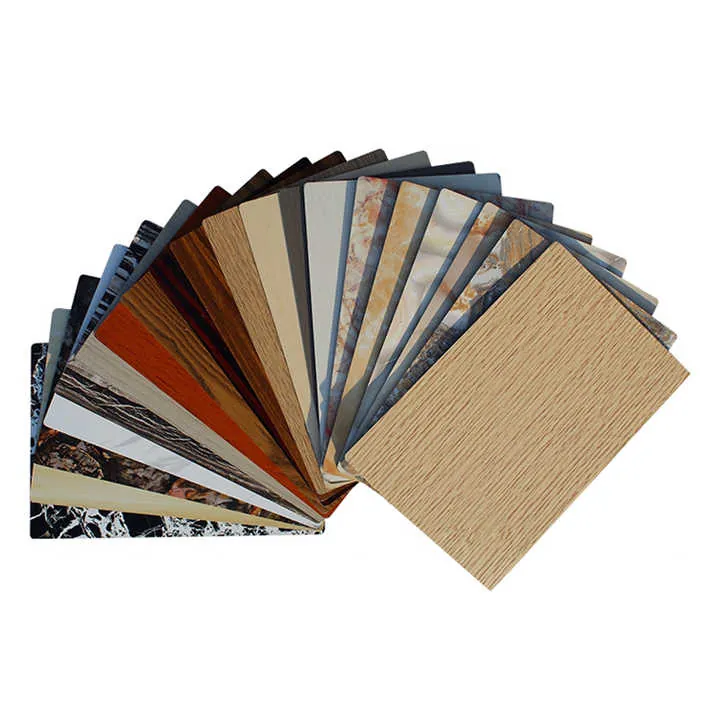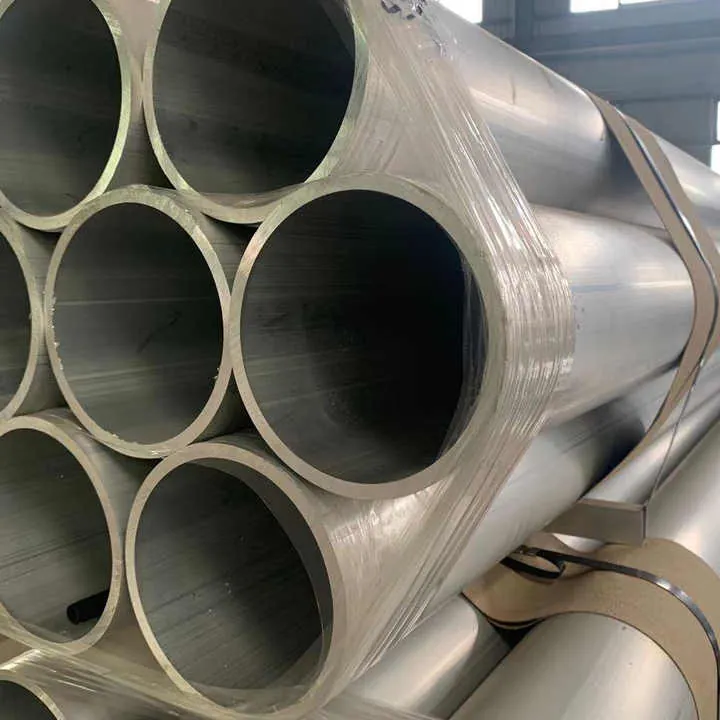What Are the Methods of Custom Aluminum Fabrication?

I know you want the best way to make aluminum parts. You need clarity on fabrication methods and how to pick one.
I cover main methods, compare them, and guide you on finishing, tolerance, and timing.
Let’s dive deeper.
Leading paragraph:
Many need custom aluminum parts but face choice stress. Good fabrication actually starts with method choice.
Multiple methods exist: extrusion, CNC machining, sheet forming, casting, and welding.

I always look at these methods as tools in a toolkit. Each unlocks different shapes, tolerances, and lead times.
Key fabrication methods overview
| Method | Use Case | Strengths | Drawbacks |
|---|---|---|---|
| Extrusion | Profiles, rails, frames | Constant sections, low cost/pc | Limited cross?section shapes |
| CNC Machining | Complex parts, precision blocks | High precision, versatile shapes | Material waste, higher unit cost |
| Sheet Forming | Enclosures, brackets | Fast, low tool cost | Limited to thin walls |
| Casting | Complex geometries | Complex shapes, integrated features | Tooling cost, heavier parts |
| Welding/Fabrication | Assemblies & repairs | Join complex parts, big structures | Heat affects strength, needs finish |
Extrusion shines when you need long consistent shapes. Machining fits when you need precision or special forms. Sheet forming works for flat parts. Casting is good for complex pieces, but costlier. Welding joins all that into assemblies.
How to Choose Between Extrusion and Machining?
Leading paragraph:
Choosing wrong raises costs and delays. You want clear criteria so you pick right method.
Pick extrusion for linear profiles and cost?effective large runs, machining for high precision and complex cuts.

I once saw a client switch from machining a rail to extrusion. Cost dropped 40%, lead time halved. They got the same design with sliding grooves in one go.
When to choose extrusion
- Your part is a constant cross?section shape.
- You need medium?to?high volume.
- Tolerances around ±0.005” (±0.13?mm) are okay before machining.
- You can accept slight distortions from extrusion.
When to choose CNC machining
- You need tight tolerances (±0.001”/±0.025?mm).
- The shape is not a straight profile.
- Volume is low or single piece.
- You must have precise holes, threads, and surfaces.
Example Comparison
| Feature | Extrusion | CNC Machining |
|---|---|---|
| Shape | Uniform cross?section | Any 3D shape |
| Tolerance | ±0.002–0.005″ | ±0.0005–0.002″ |
| Volume cost | Low unit cost at volume | Flat cost per part |
| Lead time | Weeks (die cost included) | Days–weeks per run |
| Material waste | Low | Higher |
Extrusion is cheapest for high volume constant cross?section parts.True
Extrusion lowers per?unit cost when run volumes are large, as tooling cost spreads across many parts.
CNC machining always beats extrusion in cost.False
Machining is costlier for high volume and standard profiles; extrusion is cheaper in those cases.
What Finishing Options Exist After Fabrication?
Leading paragraph:
Bare aluminum is prone to wear, corrosion, and dull look. Finishing brings beauty and function.
Common finishes: anodizing, powder coating, painting, brushing, polishing, glass bead blasting, chromate conversion.

I often pick anodizing for durability, powder coat for color, and brushing for texture. Each gives different look and protection.
Main finishing options
-
Anodizing
- Creates hard oxide layer.
- Good for scratch and corrosion resistance.
- Can be dyed in colors.
-
Powder Coating
- Applies powder electrostatically, then cures.
- Thick durable finish, many colors.
- Slight texture change.
-
Painting
- Liquid coats and air dry or bake.
- Fine finish and glossy options.
- More maintenance needed.
-
Brushing
- Leaves satin finish.
- Hides fingerprints, good for panels.
-
Polishing
- Smooth, shiny mirror finish.
- Needs buffing and upkeep.
-
Glass Bead or Sand Blasting
- Textured matte finish.
- Cleans surface before other finishes.
-
Chromate Conversion (Chem Film)
- Thin corrosion layer, good for structural parts.
- Often used before painting or powdering.
Finish selection guide
| Need | Recommended Finish | Reason |
|---|---|---|
| Outdoor corrosion | Anodizing + clear coat | Durable and sealed |
| Color choice | Powder coat | Wide colors, uniform coverage |
| Industrial look | Brushing or blasting | Subtle texture, easy upkeep |
| HI-polish aesthetic | Polishing | Mirror-grade shine |
What Tolerance Levels Can Be Achieved?
Leading paragraph:
Tolerance defines how tightly a part matches its CAD model. You want that for fit and function.
Typical tolerances: extrusion ±0.005–0.010″, CNC ±0.0005–0.002″, sheet forming ±0.005–0.020″ depending on complexity.

I measured both extrusion and machined samples. Machined holes were exact. Extruded slots needed secondary machining.
Tolerance by method
| Method | Standard Tolerance | Tight Tolerance Option |
|---|---|---|
| Extrusion | ±0.002–0.010″ | ±0.001–0.002″ after machining |
| CNC Machining | ±0.0005–0.002″ | ±0.0002–0.0005″ with care |
| Sheet Forming | ±0.005–0.020″ | ±0.003″ with tight control |
| Casting | ±0.010–0.020″ | ±0.005″ via machining |
| Welding Assemblies | ±0.010–0.030″ | ±0.005″ with fixture support |
Tight tolerance tips
- CNC finishing after extrusion gets high precision.
- Use coordinate measuring machines (CMM) to test.
- Careful tool maintenance matters.
- Fixture design keeps parts stable during machining.
CNC can achieve tolerances as tight as ±0.0005 inches.True
High?precision CNC centers routinely hit tolerances in the 0.0005″ range with proper setup.
Casting always gives precision tolerances.False
Casting starts rough (±0.010–0.020″); machining is needed to reach tighter tolerances.
How Long Does Each Fabrication Method Take?
Leading paragraph:
Time is money. You want your parts fast. Lead time varies by method and part complexity.
Extrusion takes 3–6 weeks (tooling adds upfront lead). CNC machining takes days to 2 weeks. Sheet forming and casting vary by tooling. Finishing adds more time.
I timed a rush CNC job: got finished machined parts in 4?days. Extrusion profiles took 5 weeks from tooling order.
Time estimates by method
| Method | Tooling Time | Production Time |
|---|---|---|
| Extrusion | 2–4 weeks for die | 1–2 weeks for run |
| CNC Machining | None; program setup | 1–5 days per batch |
| Sheet Forming | Die build 1–3 weeks | Run 2–7 days |
| Casting | Mold 4–8 weeks | 1–3 weeks run |
| Finishing | N/A | 1–2 weeks depending |
Total turnaround guide
- Simple CNC part: ~1 week total
- Extruded profile: ~4–6 weeks total
- Stamped bracket: ~3–5 weeks total
- Cast housing: ~6–10 weeks total
- Finish added: +1–2 weeks
Time adds up. Complex multi?method parts reach 8–12 weeks.
I once managed a project that combined extrusion, CNC, welding, and anodizing. It took 10 weeks from start to delivery.
Conclusion
Choosing fabrication means weighing shape needs, precision, cost, and time.
Extrusion works for profiles and volume. CNC machining delivers precision.
Finish options protect parts and add appeal.
Tolerance varies by method, machining is tightest.
Timeframes range from days for CNC to months for complex processes.
Match method to your project goals for best results.



